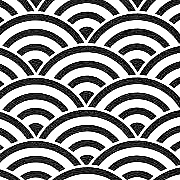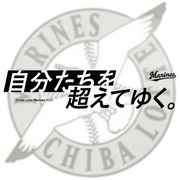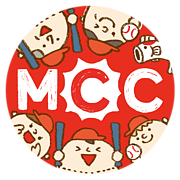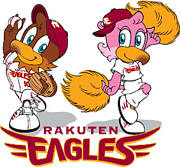- 詳細 2023年1月10日 23:44更新
-
1 Also pronunded seikaiha. A wave design made of the arches of concentric circles superimposed upon one another so that only the upper portion of each set of circles is visible. It was used in China to depict the sea on ancient maps. In Japan it appears earliest on the clothing of a haniwa 埴輪 figure of a girl excavated in Gunma prefecture. Beginning in the Heian period it was used on mo 裳, a form of shirt worn with the "twelve-layers" juunihitoe 十二単 of kimono 着物. It appears on Seto ceramic ware *setoyaki 瀬戸焼 and lacquerware inkstone cases of the Kamakura period. In the Edo period Seikai Kanshichi 青海勘七 devised a way to paint the design in black lacquer using a brush; some authorities suggest this may have been the origin of the term "seigaiha" to describe this design.
2 A decorative pattern of semicircular repeated wave shapes used to decorate the built up ridges of temples, halls, and gates during the proto-modern period (latter 16c-19c). It is one of the simplest patterns with broad, curved tiles placed in rows. The tiles of every other row straddle the meeting point of every two tiles below. The pattern has a wide veriety of other uses:
1. A pattern drawn with a broom on sand in a garden *samon 紗文.
2. A pattern formed when wave-shaped tiles were plastered to outside walls. During the 16-19c.
3. A pattern used in textile dying which first appered on costumes for ancient court dance gagaku 雅楽.
4. A pattern used for mother-of-perl inlay *raden 螺鈿, which became popular in he Genroku 元禄 era (1688-1703)
画像検索●http://images. google. co.jp/i mages?h l=ja&q= %E9%9D% 92%E6%B 5%B7%E6 %B3%A2& gbv=2
検索語●青海波、菱青海波、せいかいは、せいがいは












